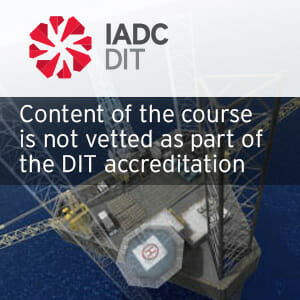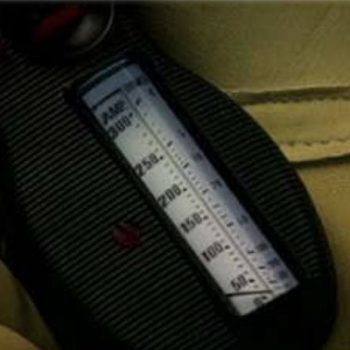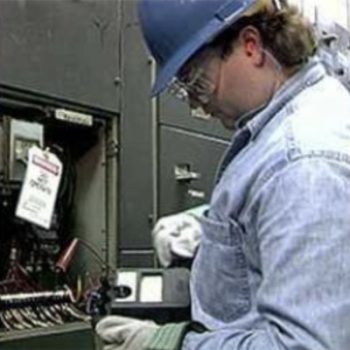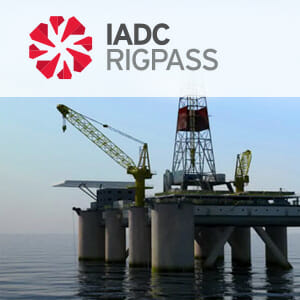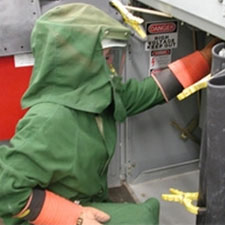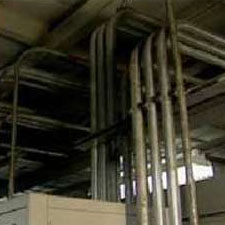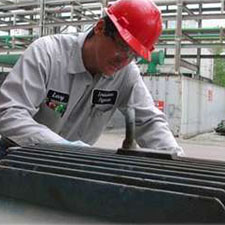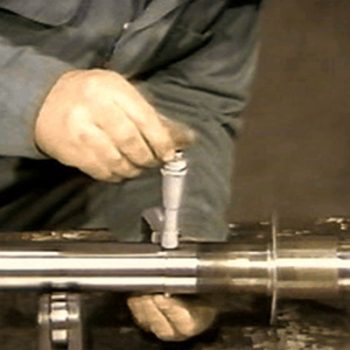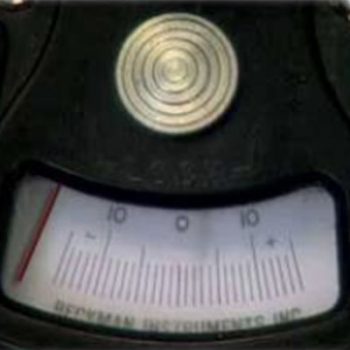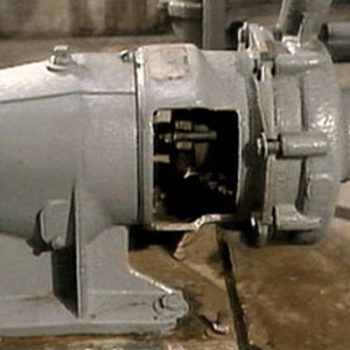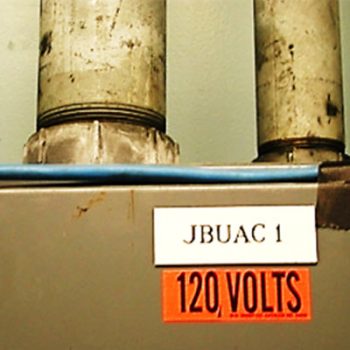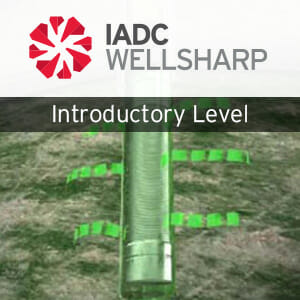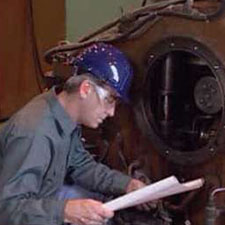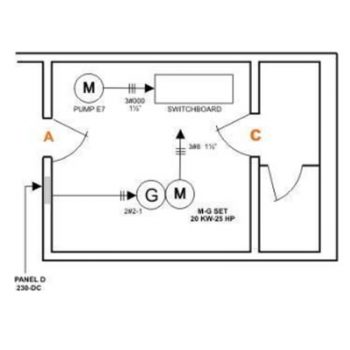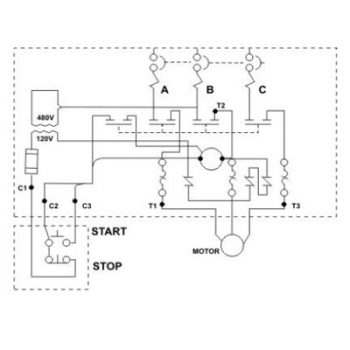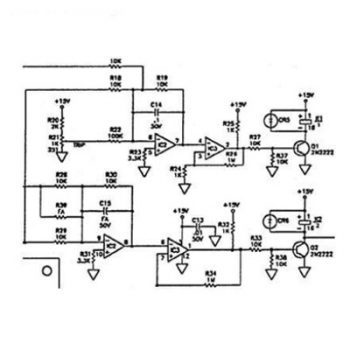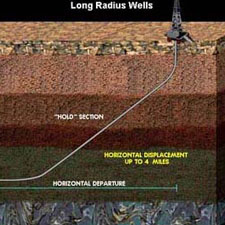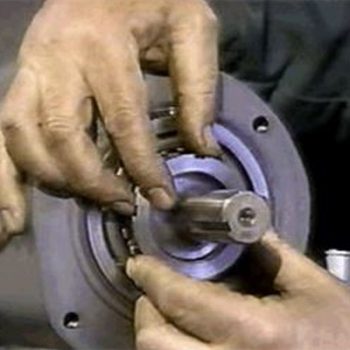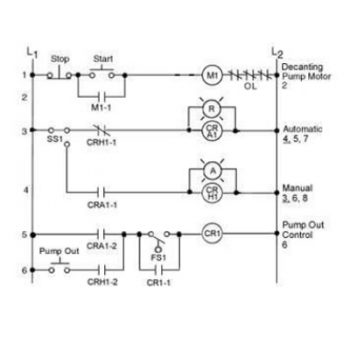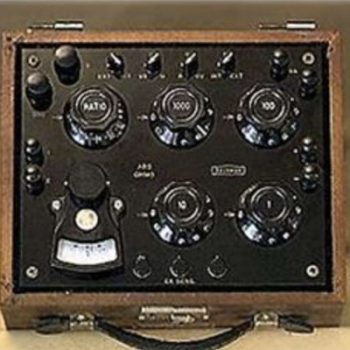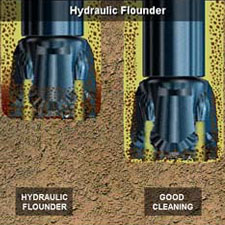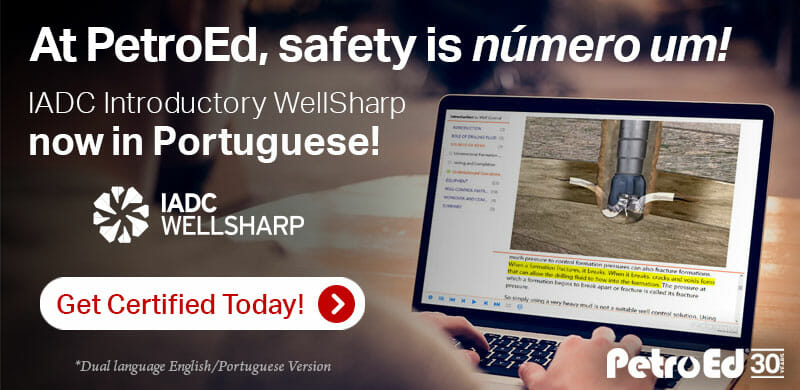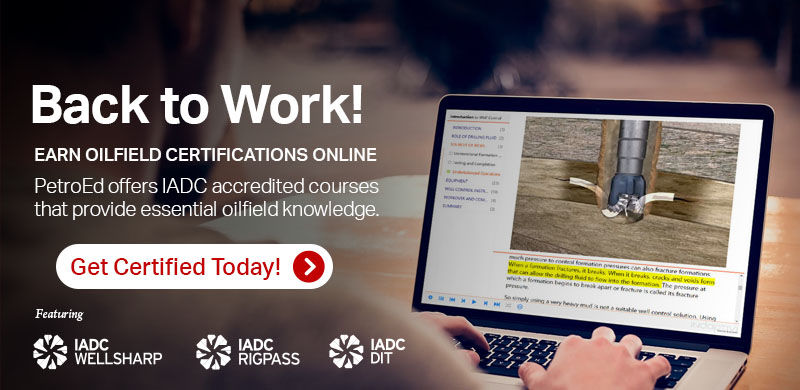Introduction to Petroleum Industry DIT Certificate Program
Introduction to Petroleum Industry DIT Certificate Program
Course Overview
The Introduction to the Petroleum Industry Program is designed for individuals that are interested in a comprehensive understanding of the upstream operations of the petroleum industry. This unique eLearning course prepares job seekers around the world for oilfield positions and provides current employees and administrators a convenient way to stay up-to-date with industry developments.
DIT Introduction to Petroleum Industry Course Level:
Awareness – The DIT Introduction to Petroleum Industry provides those new to the industry with a basic foundation level understanding of the key topics in the industry. While the material is oriented towards those new to the oil and natural gas business, learners from different segments of the industry will also benefit through cross-discipline education. For example someone in the production department who is transferring to the drilling group will be able to fast track their understanding of this operational focus.
This program includes an IADC accredited certificate.
Included Modules
- Introduction to General Mathematical Calculations 1: Volume 1 of Basic Oilfield Calculations covers topics such as how to perform unit conversions, calculate the volumes of geometric shapes, including tubular shapes such as pipe and casing, and interpret data presented on a graph.
- Introduction to General Mathematical Calculations 2: Volume 2 of Basic Oilfield Calculations covers topics such as fluid measurements, calculating density and specific gravity of a liquid or solid, differentiating between specific gravity and API gravity, the effects of downhole static pressure on wireline operations, using tables during acidizing treatments, and calculating the lifting costs, economic limit, and payout.
- Geology of Petroleum: Module 1 discusses how the physical structure of the earth was formed, what the earths crust is composed of, how the history of the earth is mapped, which processes are involved in the formation of mountains, why sedimentation occurs, what organic matter is and how oil and gas are formed.
- Exploration for Oil and Gas: Module 2 discusses the difference between reserves of oil and gas and petroleum as a resource, how a reservoir is formed, what the characteristics of a viable reservoir are, the techniques used to identify potential reservoir formations the role seismic surveys play in locating potential reservoirs and why exploratory drilling is only used when the potential for a viable reservoir is high.
- Drilling Operations Basics: Module 3 discusses the nature of drilling operations, the importance of subsurface conditions, why well bores change size, the three stages of drilling, why different drilling methods are used and the significance of well bore control.
- Production of Oil and Gas: Module 4 discusses the steps involved in preparing a well for production, what natural lift is and the types of natural lift, the principal types of artificial lift, the types of well completions, what is involved in well servicing and how oil and gas are treated on emerging from the well.
- Petroleum Refining Process: Module 5 discusses which molecules make up the different types of hydrocarbons, how contaminants in the oil are dealt with, why boiling points are important to the refining process, where refineries are located, what the two basic areas of a refinery are, what happens during the two main stages of refining, why each upgrading procedure is important and what happens before and after the refining process.
- Transportation, Distribution and Delivery of Oil and Gas: Module 6 discusses why two basic transportation streams are used, how natural gas is transported, distributed and delivered, how crude oil is also transported, distributed and delivered, where refineries are located, how bulk and finished refined products reach their consumers and how using oil and gas affects the environment as well as the industry.
- Marketing Petroleum Products: Module 7 discusses what the three marketing sectors of petroleum are, which forces control the nature of the petroleum market, where the major producers and major consumers are located, how crude oil is traded, how the supply and demand of petroleum is stabilized and how refined petroleum products are marketed.
- Primary Cementing: Primary Cementing reviews the objectives of cementing an open hole. The student learns the characteristics of an ideal cementable wellbore, and how best to achieve them. The course then describes the procedures used to condition the mud prior to cementing the wellbore, including specific additives for different configurations. Furthermore, it explains the key to attaining complete mud displacement during the cementing job, and how this positively influences the success of the completion.
- An Introduction to Offshore Pedestal Cranes and their Safe Operation 1: Module 1 explains how to identify the components of a crane, distinguish between lattice, box, and telescoping booms, review of basic crane maintenance requirements, and the qualifications and duties required of a crane operator.
- An Introduction to Offshore Pedestal Cranes and their Safe Operation 2: The second module discusses communication using standard hand signals, standard procedures to be followed before, during, and after a lifting operation, and calculating a safe working load using a lift capacity chart.
- Hydrogen Sulfide in Production Operations: Hydrogen Sulfide Safety in Production Operations instructs operations personnel in the characteristics of Hydrogen Sulfide (H2S) and its effects on those exposed to it, as well as its impact on material and equipment. The dangers of sulfur dioxide gas (SO2), a by-product of H2S, are also discussed. The proper use of H2S safety equipment, including various types of H2S monitors and breathing apparatus, is covered in detail. By using the audio capability of the computer, the student is taught to recognize the warning alarms made by standard H2S detection equipment. Proper escape and rescue procedures in the event of an H2S leak are discussed, along with a step-by-step discussion of emergency treatment.
- Hazwoper: This safety analysis is for employers, foremen, and supervisors, but employees are encouraged to use the information as well to analyze their own jobs and recognize workplace hazards so they can report them to you. It explains what a job hazard analysis is and offers guidelines to help you conduct your own step-by-step analysis.
- Well Control Equipment: This module covers why controlling pressure in the well is important, the role of drilling fluid in controlling the well, BOP stacks and how they work, and the function of other equipment used in well control activities. Instrumentation used in well control operations is also discussed.
- Units of Measure: Module 2 covers units of measurement used in the oil field, calculating surface area and volume, calculating pressure, and the definition of density and how it is measured.
- Hydrostatic Pressure: Hydrostatic pressure discusses the linear relationship between depth and pressure, how to calculate it, the importance of true vertical depth(TVD), and how the hydrostatic pressures in different sections of a well add to determine bottom hole pressure.
- Pressure Balance: Topics covered in this module are how the drill string and annulus can be represented as a U-tube, differences between normal, abnormal and subnormal formation pressures, and balancing formation pressures with hydrostatic pressure of the drilling fluid.
- Causes of Kicks: In this module, you will learn how to identify the different conditions that can cause a kick, describe how a kick develops, describe the warning signs and the indicators of kicks, and describe the effects of a gas kick.
- Controlling the Well: This module covers the steps involved in shutting in the well when a kick is detected, how closing in the well can be used to increase bottomhole pressure and stop flow, why responding quickly to a kick is important, and how migrating gas in a shut-in well effects surface and downhole pressures.
- Restoring the Well: The final module in the IWC series covers the special problems that kicks from shallow formations present, why maintaining constant bottomhole pressure is important when handling a kick, and the steps in two methods used to restore normal circulation.
- Kick Detection: Kick Detection trains the student to detect drilling kicks as early as possible. This course illustrates the significance of formation porosity and permeability in the development of a drilling kick. It also shows the role of the mud column in holding back the kick. Several early warning signs are explained and demonstrated through animated graphics: mud returns cut with oil, water or gas; drilling break; pit gain; change in rate of mud return; decrease in mud pump discharge pressure; increase in drill string weight; and unaccounted-for fluid gain or loss while tripping. The lesson concludes with the proper actions that must be taken to assure early kick detection. These include noting changes made to pit volumes, maintaining trip sheets, using the trip tank, investigating any sign of a possible kick, responding to alarms, and proper maintenance of PVT equipment.
- NORM in the Petroleum Industry: This course provides a general understanding of Naturally Occurring Radioactive Materials (NORM) in the petroleum industry. Because NORM contamination is so widespread in the petroleum industry, all personnel should be informed of the potential hazards associated with NORM exposure. The course examines the origins of NORM in reservoir formations and the processes whereby these materials are produced at the wellsite. The course explains NORM contamination in oil and gas production facilities as well as radon contamination in natural gas facilities. Animated graphics of the depositional processes help students visualize the sequence of events.
- Oil and Gas Reservoirs: Module 2 of the Reservoir Engineering Primer Series, Oil and Gas Reservoirs, explains how oil and gas reservoirs are created and where they are likely to be found, and, reservoir characteristics and how they affect production operations.
- Oil Spill Volume Estimation: Oil Spill Volume Estimation introduces techniques for estimating the volume of an accidental oil spill. Determining the volume of accidental hydrocarbon discharge is rapidly becoming one of the most important aspects of maintaining an environmentally sound offshore production operation. Reporting the amount of accidentally-released oil in the environment during day-to-day operations (a legal requirement in most countries) has proven to be a major problem due to the non-intuitive manner in which hydrocarbons disperse over a body of water. By using color photographs of actual spills, this course trains operations personnel to correctly estimate the size of an oil spill. The photographs used in this module are part of the comprehensive archives of the International Tanker Owners Pollution Federation (ITOPF) in London, and have been carefully categorized by the volume per unit area they represent. A systematic method of estimating the size of a spill is presented here in a clear, step-by-step set of procedures that can be used by field operators with no previous experience. A working knowledge of these techniques is also valuable for personnel in administrative and support roles, who may have to deal indirectly with the consequences of an accidental oil spill.
- Introduction to Rig Types and Basic Drill String Components: The first Oilwell Drilling module covers basic oil and gas well drilling principles. Different types of drilling rigs are presented, the difference between a kelly/rotary table and a top drive system is explained, and the components of a drill string are described in detail.
- Basic Blowout Prevention Equipment Components: A blowout represents the single most dangerous threat to human life and property during the drilling process. This module explains the causes of a blow-out and covers the tools and methods used to control and prevent drilling kicks.
- Introduction to Drilling Fluids: Volume 3 concerns the function of drilling fluids in drilling operations. The module covers the physical properties of drilling mud, the advantages of mud additives, and the importance of mud testing. Procedures for drilling with air and foam are also discussed.
- Mud Circulation and Treating Equipment: Volume 4 presents a comprehensive overview of the mud circulation and conditioning systems on a drilling rig. It follows the flow of mud step-by-step through the system and explains the function of all circulation components.
- Hoisting Equipment: The purpose and operation of a rig’s hoisting system are covered in the fifth Oilwell Drilling module. All important elements are described in detail, from the drawworks to the traveling block.
- Rotating Equipment, Mast, and Substructure: Volume 6 addresses both the kelly/rotary table and top drive systems, and discusses the advantages of each in various drilling operations. The module also explains the function and characteristics of masts and derricks, and the components of the substructure.
- Pipe Handling: This module describes the process of tripping pipe and making connections with kelly and top drive rotary systems. It also explains the use of slips and elevators, describes the features of a driller’s console, and introduces innovations such as the iron roughneck.
- Casing and Cementing: Casing and primary cementing operations are covered in the eighth volume of Oilwell Drilling. The module examines the purpose and qualities of basic casing strings and liners, describes casing accessories, and explains the cementing procedure from start to finish.
- Well Logging, Mud Logging, and Drill Stem Testing: Volume 9 explains the need for careful testing to determine the commercial potential of a well prior to completion. Methods and tools for mud logging, well logging, and drill stem testing are described in detail.
- Power Systems and Instrumentation: The various types of power systems found on the rig are presented in this module: AC to DC, DC to DC, mechanical, hydraulic, and pneumatic drive systems. The module emphasizes the importance of prime movers, and concludes with a review of rig instrumentation.
- Perforating Fundamentals: This course on Perforating Fundamentals explains the basic concepts of perforating, including safety around explosives and the potential consequences of mistakes. It reviews topics related to shaped charges, including their design, completion, and detonation, as well as standoff, interference, and the manufacturing and performance of the shaped charge. The course then introduces perforating guns, including capsule guns, carrier guns, and pivot guns. Debris control and gun size are also discussed, along with tips on how to maximize clearance. The importance of the entrance hole diameter is reviewed.
- Reservoir Volumetrics: Module 1, Reservoir Engineering Primer, covers variables in volumetric equations, calculating original oil in place and calculating original gas in place.
- Underbalanced Drilling 1: The first volume on Underbalanced Drilling (UBD) and Completions provides the student with an overview of the specialized technology and operations used in this critical oilfield discipline. The reasons why UBD techniques are employed are presented in a straightforward manner along with a discussion of advantages and concerns. The student will become familiar with the mechanical equipment used in UBD operations as well as the different types of UBD and their specific field application.
- Basic Concepts of Pressure: This module discusses the various pressures that are important in a course on well control. The module details the origins of these pressures and helps in understanding how these different pressures affect and interact with one another. This module also instructs how to calculate and interpret pressure data.
- Pressures in a Well: Module 2 demonstrates how to calculate each type of pressure and to understand its significance in well control. The types of pressures covered include formation pressure, surface pressure, bottomhole pressure, trapped pressure, drill pipe pressure, fracture/ leak-off pressure, and surge and swab pressure.
- The Drillers Well Control Method: This module will begin with an overview of the Driller’s Method. Next, we’ll cover the Driller’s Method step-by-step. A specific example of an application of the Driller’s Method will be presented. Next, you will learn the two Driller’s Method rules, and the Driller’s Method Worksheet will be introduced. The module concludes by discussing calculations involving shut-in drill pipe pressure (SIDPP) and shut-in casing pressure (SICP), and an explanation of maximum shoe pressure.
- Wait-and-weight Control Method: This module begins with a general description of the Wait-and-Weight Method. Next, it covers the Drill Pipe Pressure Profile. The module then takes a detailed look at the Waitand- Weight Method and discusses the Wait-and-Weight Method worksheet. The module concludes by comparing the advantages and disadvantages of the Driller’s Method and the Wait-and-Weight Method.

